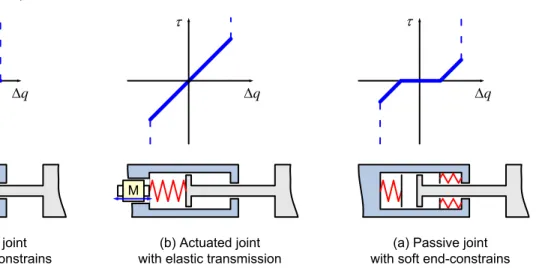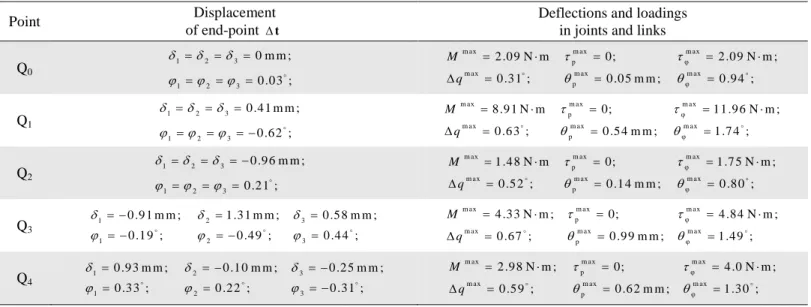Stiffness modeling for perfect and non-perfect parallel manipulators under internal and external loadings
Texte intégral
Figure




Documents relatifs
In this study, we firstly introduce the Sines’s fatigue criterion considering the multiaxial stress state to evaluate the appearance and growth of the fatigue damage, then we
This paper is based on our previous work on the stiffness analysis of over- constrained parallel architectures (Pashkevich et al., 2009a, 2009b) and presents new results by
Le maltage à faible hydratation est l'une des pistes prometteuse pour améliorer économiquement et écologiquement le procédé de fabrication du malt. Le travail
The structure consists in R-directed series compositions for representing the conjunctions, with an R-arc from x to y whenever a formula is X ⊗ Y with x in X and y in Y. The
Analogously to the theory of perfect, amicable, and sociable numbers, one can define from the operator s the concepts of amicable pair and sociable group of chains.. In this paper
Different signal decom- position techniques such as wavelet packet transform (WPT) and empirical mode decomposition (EMD) have been examined for the features extraction phase.. The
The use of a lognormal function to describe the impulse response of a neuromuscular sys- tem constitutes the corner stone of the Kinematic Theory of rapid human movements (Plamondon
Des abris étaient creusés profondément à partir de cette première ligne; leur ouverture était le plus souvent dirigée vers l'arrière; ils avaient pour but de protéger les hommes





